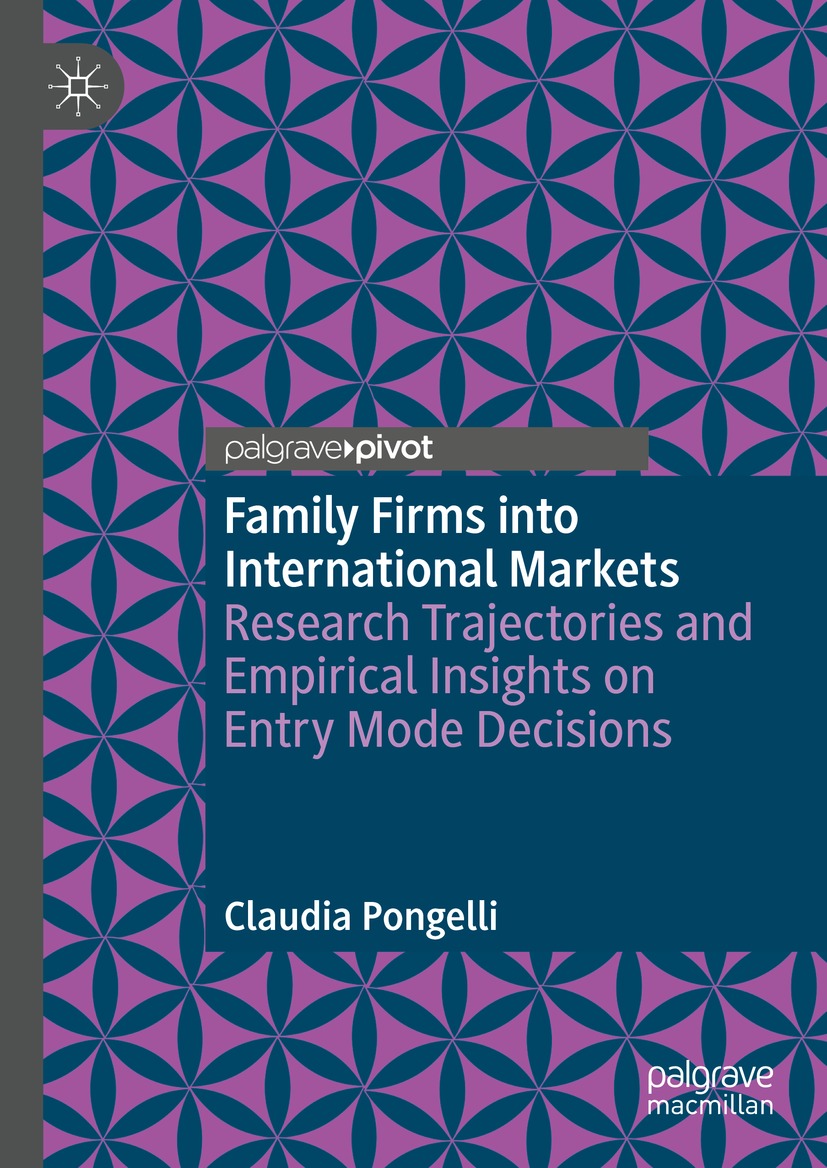This book offers an integrated discussion on international entry mode decisions in the context of family firms. It provides scholars and students a state-of-the art of extant knowledge on family firms’ entry modes into foreign contexts by outlining main research trajectories and empirical findings of prior studies. To this end, differences between family and non-family firms as well as sources of heterogeneity across different family firms are pointed out for the main types of entry modes. Moreover, this book offers new insights on the choice between either creating a joint venture or a wholly-owned subsidiary in a foreign country as it theoretically and empirically shows how economic and noneconomic drivers shape family leaders’ international strategic preferences. Offering a thoughtful review of extant studies and a comprehensive reasoning on the phenomenon of family firm internationalization, this is an insightful read for scholars and students interested in family firms and international business.












